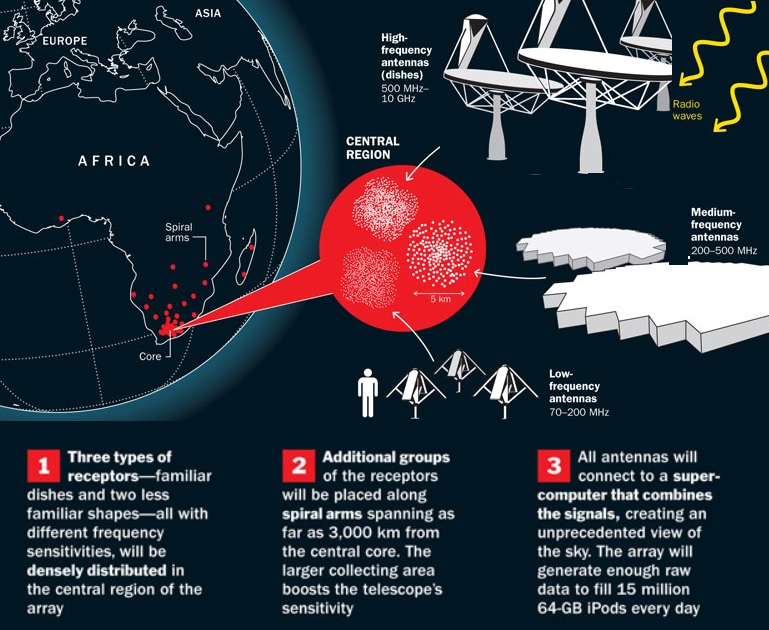7667766266
enquiry@shankarias.in
India had decided to formally join the Square Kilometre Array (SKA) project, an international scientific collaboration working to build the world’s largest radio telescope.
In SKA Observatory, the South African array will focus on mid-frequency signals, while the Australian telescope will cover low-frequency ranges.


Radio astronomy has led us to some amazing astronomical discoveries, such as pulsars, exoplanets and the cosmic microwave background (a remnant signal left over from The Big Bang).
Most existing telescopes operate under an open-use policy which allows research groups from any country to get time on the facility through competitive bidding by making a scientific case.
References